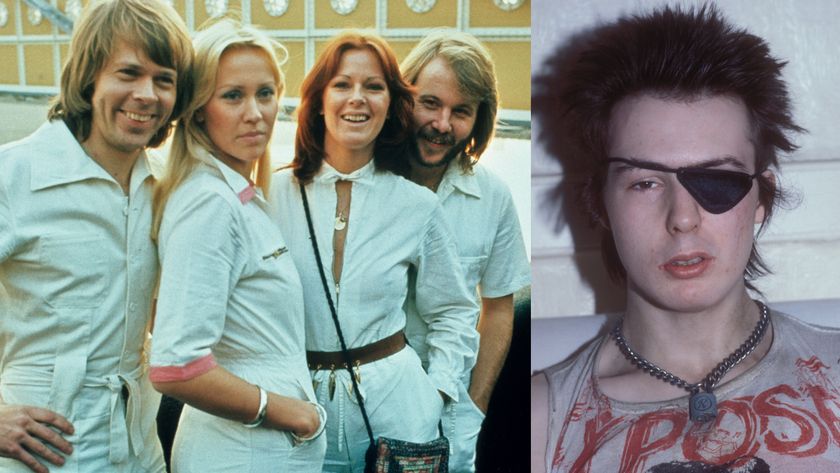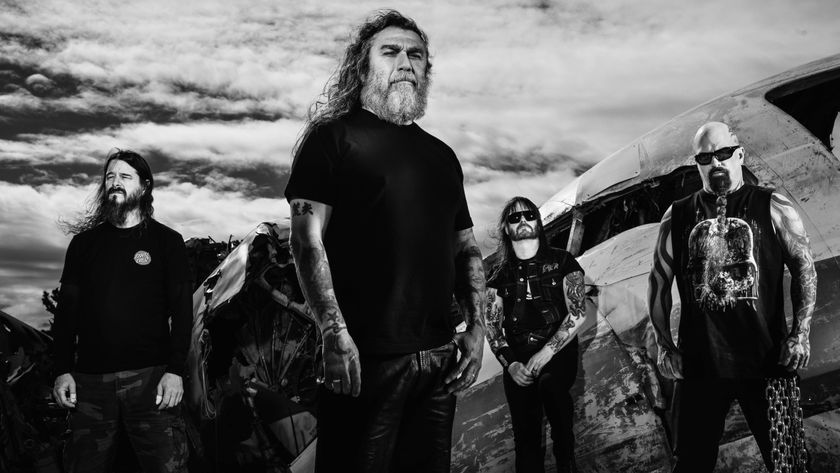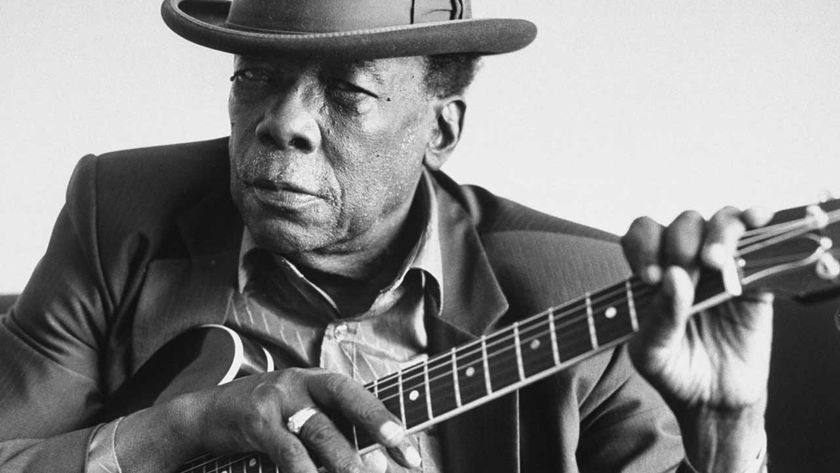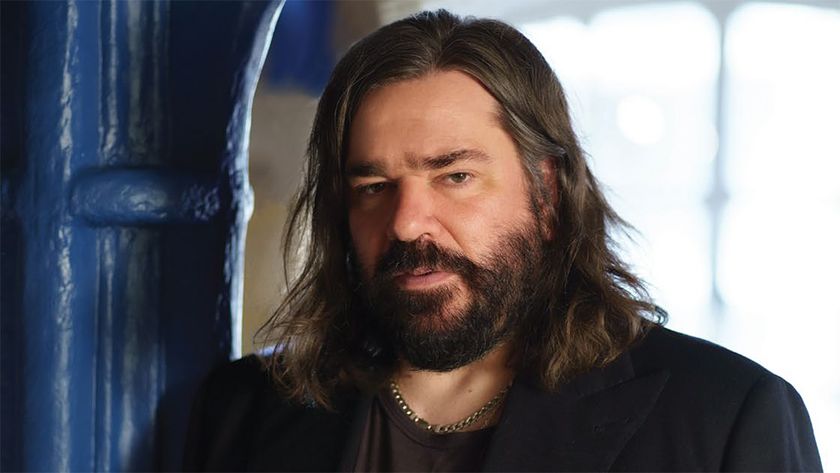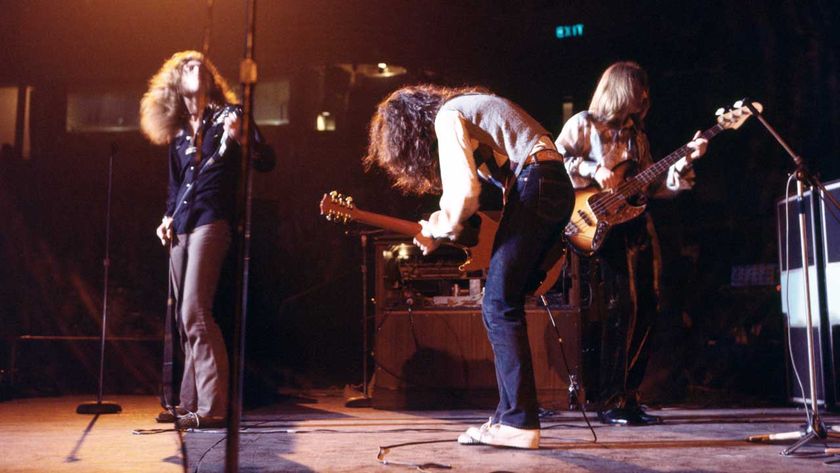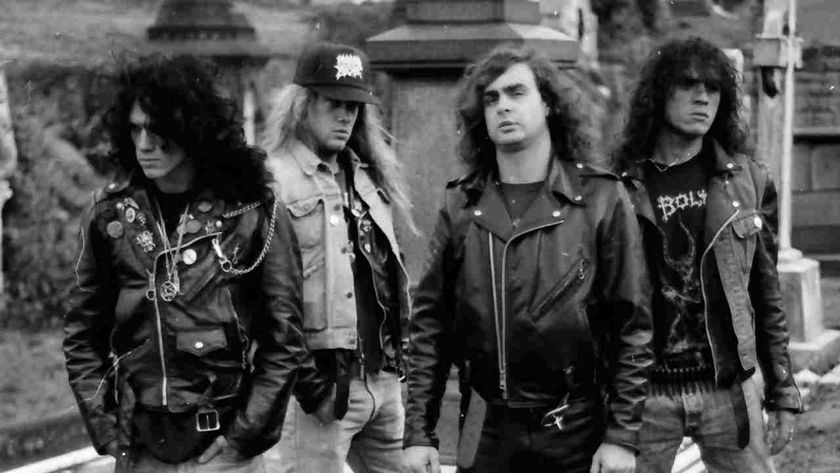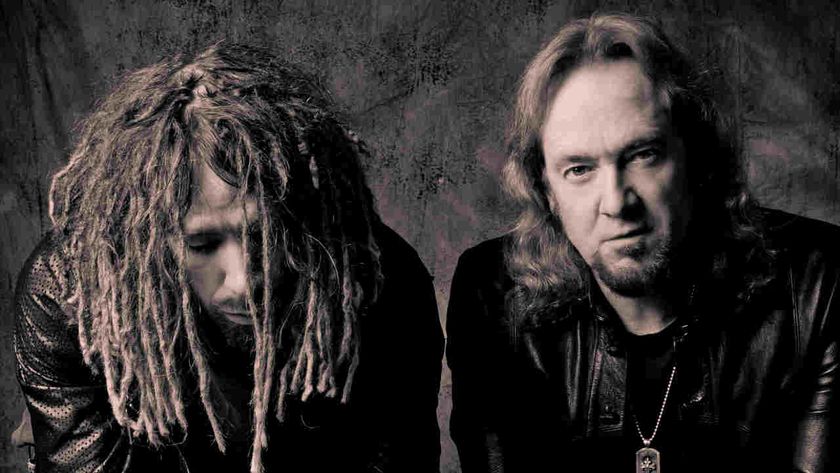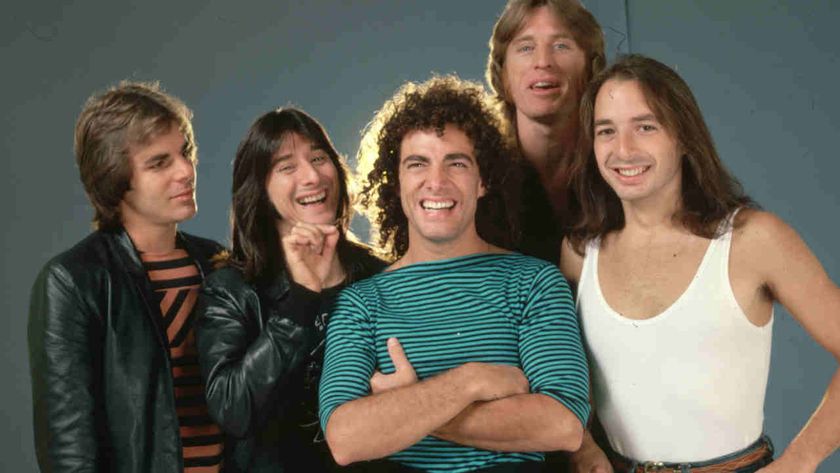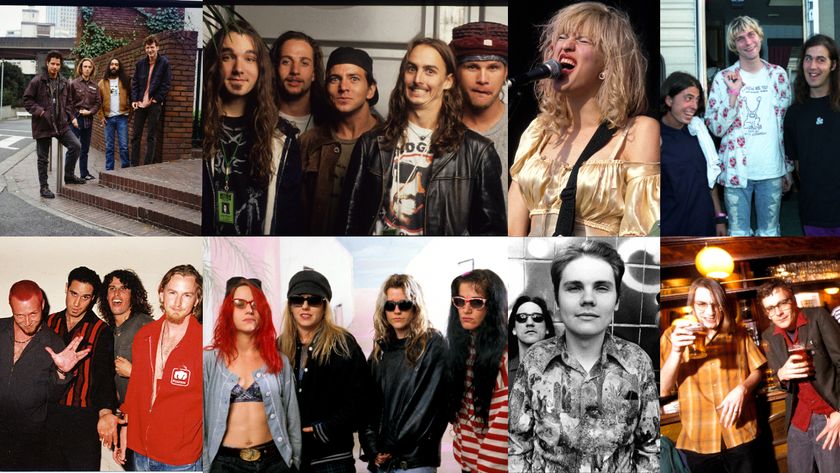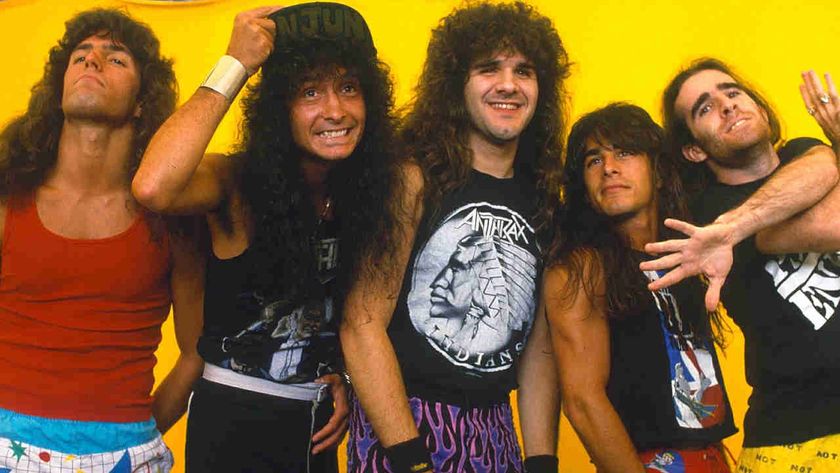Thin Lizzy’s quintessential double album captured the Lynott/Robertson/ Gorham/Downey line-up at their creative peak. The sleeve, featuring a leather trouser-clad Phil Lynott on his knees, was the perfect advertisement for a near flawless batch of tunes.
The sleeve erroneously credits the record to have been recorded in October 1977 in Canada (Seneca College Fieldhouse in Toronto, to be specific), but in fact the raw tracks on Live And Dangerous come from a very different location indeed: most of the songs were taken from the band’s three-night stint at London’s Hammersmith Odeon in November 1976, and the ones that weren’t from there were actually taken from a King Biscuit Flower Hour radio concert that was recorded in Philadelphia the following year.
See, the truth is sometimes stranger than fiction. And one of the more bizarre reasons for the truth being er, obscured, on the album was simply “tax reasons”, according to Lizzy guitarist Brian Robertson some years later.
But it matters little where the album was recorded, as the key is how stunning the renditions of songs from the Lizzy catalogue are. Jailbreak bursts from the speakers with an alarming ferocity that sets the tone for much of the album, the duelling, harmonised guitars of Scott Gorham and Robertson cutting through the mix over Lynott’s thundering bass lines.
It’s not only Lynott’s bass playing that impresses, though; his impassioned vocals grab you by the throat and refuse to let you go until the end of side four, by which time you’re left exhausted, but happy.
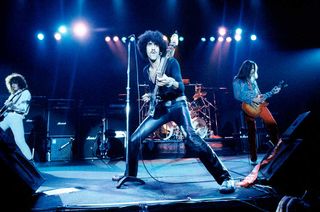
Part of the greatness of Live And Dangerous is that it managed to bridge the gap between Lizzy the live band and Lizzy in the studio. In concert Lynott and co were a force to be reckoned with, whereas no matter how hard they tried in the studio they never quite managed to capture their live intensity.
Until Live And Dangerous, that is. Whether it’s the full-on assault of The Rocker or the glorious reinterpretation of Still In Love With You, you’re feel like right there in the first row of that Lizzy gig; close your eyes and you can almost see Lynott in front of you, staring you down, almost daring you to challenge him. And it’s nigh on impossible to resist the charms of The Boys Are Back In Town as it builds and builds to a magnificent singalong.
Like many great live albums, which have been tinkered with, polished up, even re-recorded in the studio after the event, Live And Dangerous is no exception. It has been suggested (by no less a person than Lizzy’s former manager) that the record was about “75 per cent live”. All that was added were a few overdubs to clean up the sound – a few vocals here and there, and the odd guitar solo. But it all dovetailed into a smooth but raw production in the hands of Tony Visconti.
Originally Live And Dangerous was just intended as a between-studio-albums release to satisfy their fans, and it came as a shock to the band how well it was received by the public at large, and more than four decades on from its first release in September of 1978, Live And Dangerous still sounds as vital and as fresh as it ever did.
Stunning.

Phil Lynott is also the cover star of issue 279 of Classic Rock magazine, which is on sale now, with the mag looking back at the history of Thin Lizzy through the eyes of Scott Gorham and Brian Downey.
The mag also features Peter Green, Blues Pills, Fantastic Negrito, Kiss, James Dean Bradfield, an Icons Of Rock’N’Roll book, a look back at Monsters Of Rock and much more.



